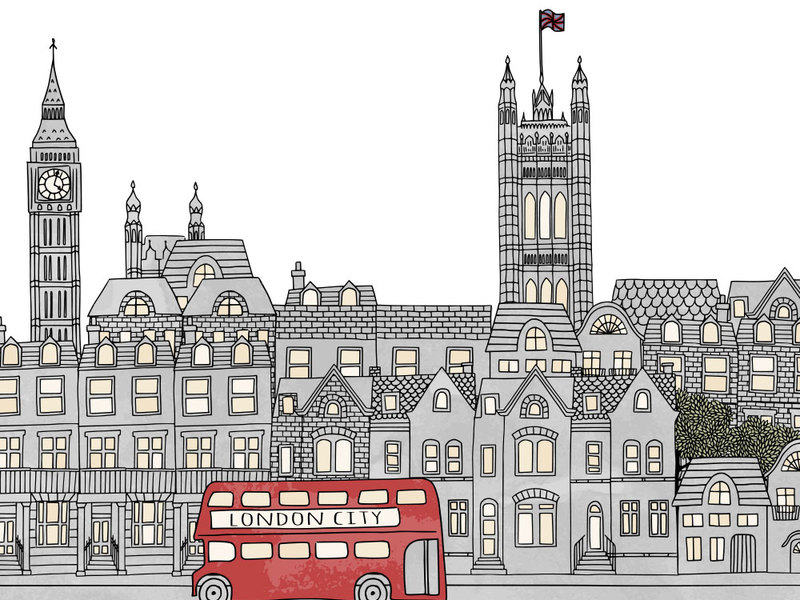Does London have good public transport?
By Luke Aldred
If you’re relocating to London, its surrounding areas or are just planning a visit once you’re settled here in the UK, it’s handy to know how you’ll travel around. London is known to have one of the largest, safest and most efficient public transport networks in the world. It has integrated bus, rail, river and road systems spanning the city’s 32 boroughs, and beyond.
The main ways to get around the capital are:
Tube
The Underground is a public, rapid transit system serving in London and its outskirts, and was the world’s first underground passenger railway. It has an extensive network, serving 270 stations and can get you to pretty much anywhere in London. It’s made up of the following lines - which you can view on any updated Underground map:
Bakerloo (light brown)
Central (red)
Circle (yellow)
District (green)
Hammersmith & City Line (pink)
Jubilee (grey)
Metropolitan (magenta)
Northern (black)
Piccadilly (dark blue)
Victoria (light blue)
Waterloo & City Line (turquoise)
To travel on the Tube, you really should be looking to use a contactless payment card or an Oyster card. An Oyster card is a reusable electronic ticket that can be topped up with cash in order to use a variety of public transport options across London (including the Tube, the Overground, buses etc.). The most convenient places to buy an Oyster card are Underground stations across the city.
DLR
The Docklands Light Railway (DLR) is a light metro system that serves the redeveloped Docklands area of East London. With 45 stations, it reaches north to Stratford, south to Lewisham, west to Tower Gateway and east to Beckton and London City Airport.
Buses
Buses in the London Buses network accept payment from Travelcards, Oyster cards and contactless debit and credit cards. You can’t pay with cash on a London bus. The cost of a single fare is currently £1.50. Under 11s can travel free on London buses at any time unaccompanied by an adult, and don’t need an Oyster card or a ticket.
Overground
This is a suburban rail network serving London and its surrounding areas, with 112 stations on nine different routes. It’s shown on the Underground map as an orange line. Much like with the Tube, you can pay for fares with Oyster cards, smart cards, contactless payment cards and cash, for ‘pay-as-you-go’ travel.
For more information on moving to the UK, read our collection of blogs, or find out how to purchase an Oyster card.
